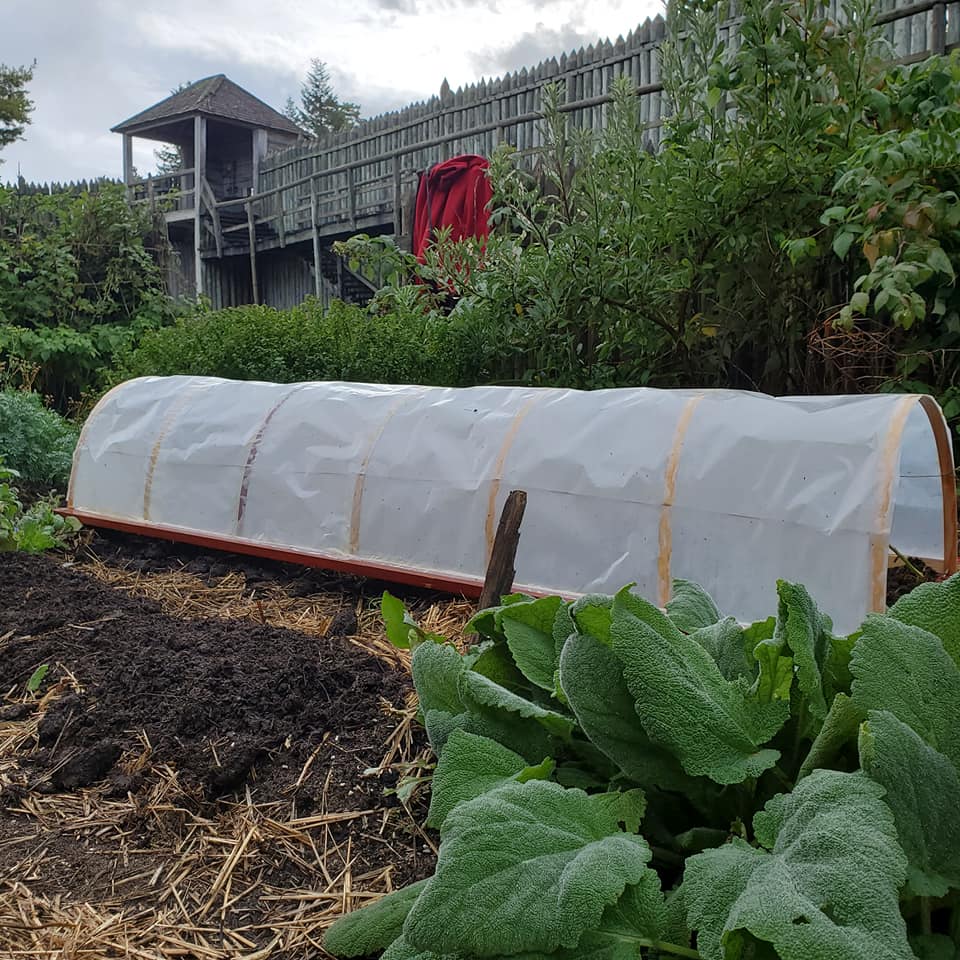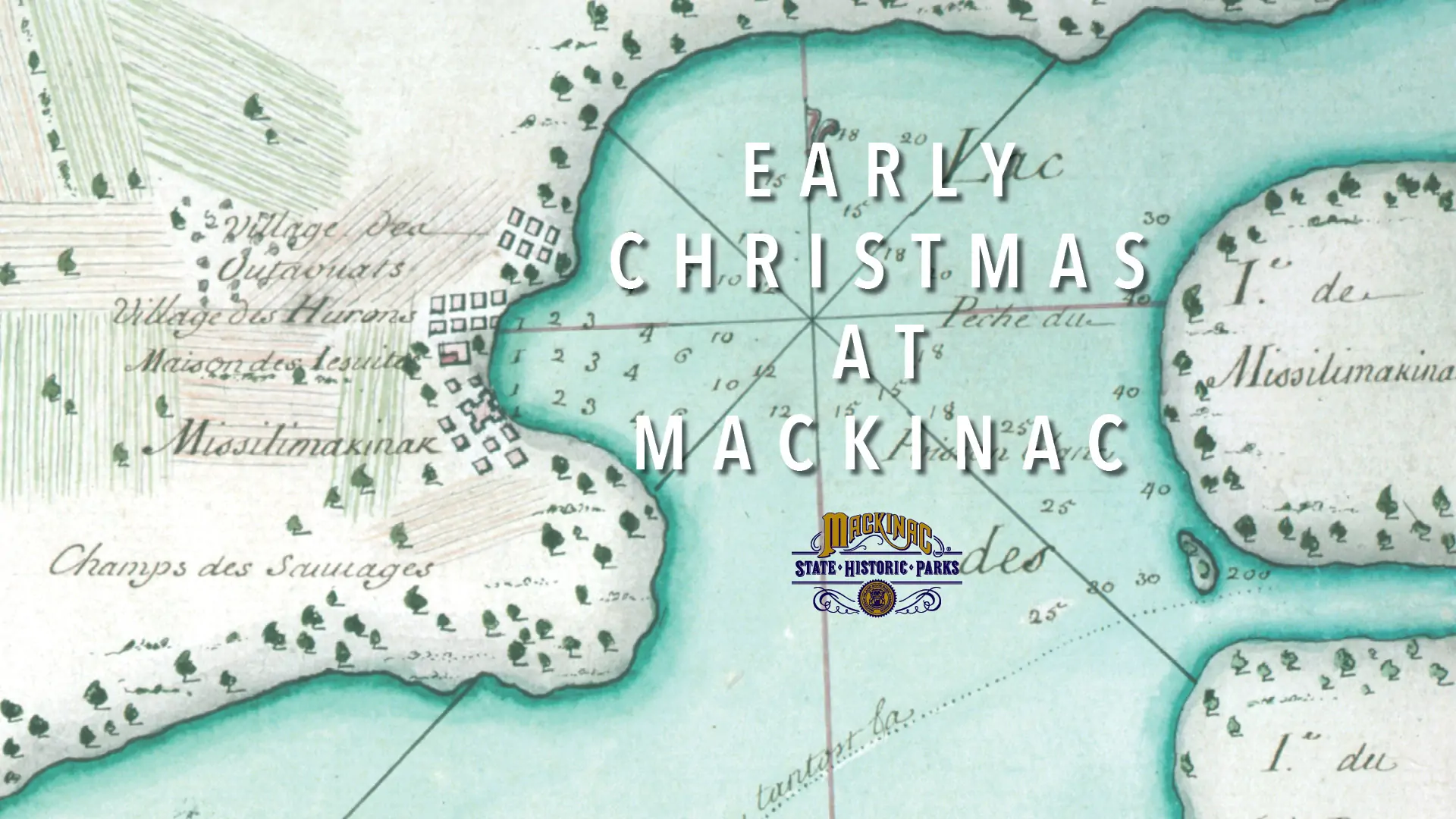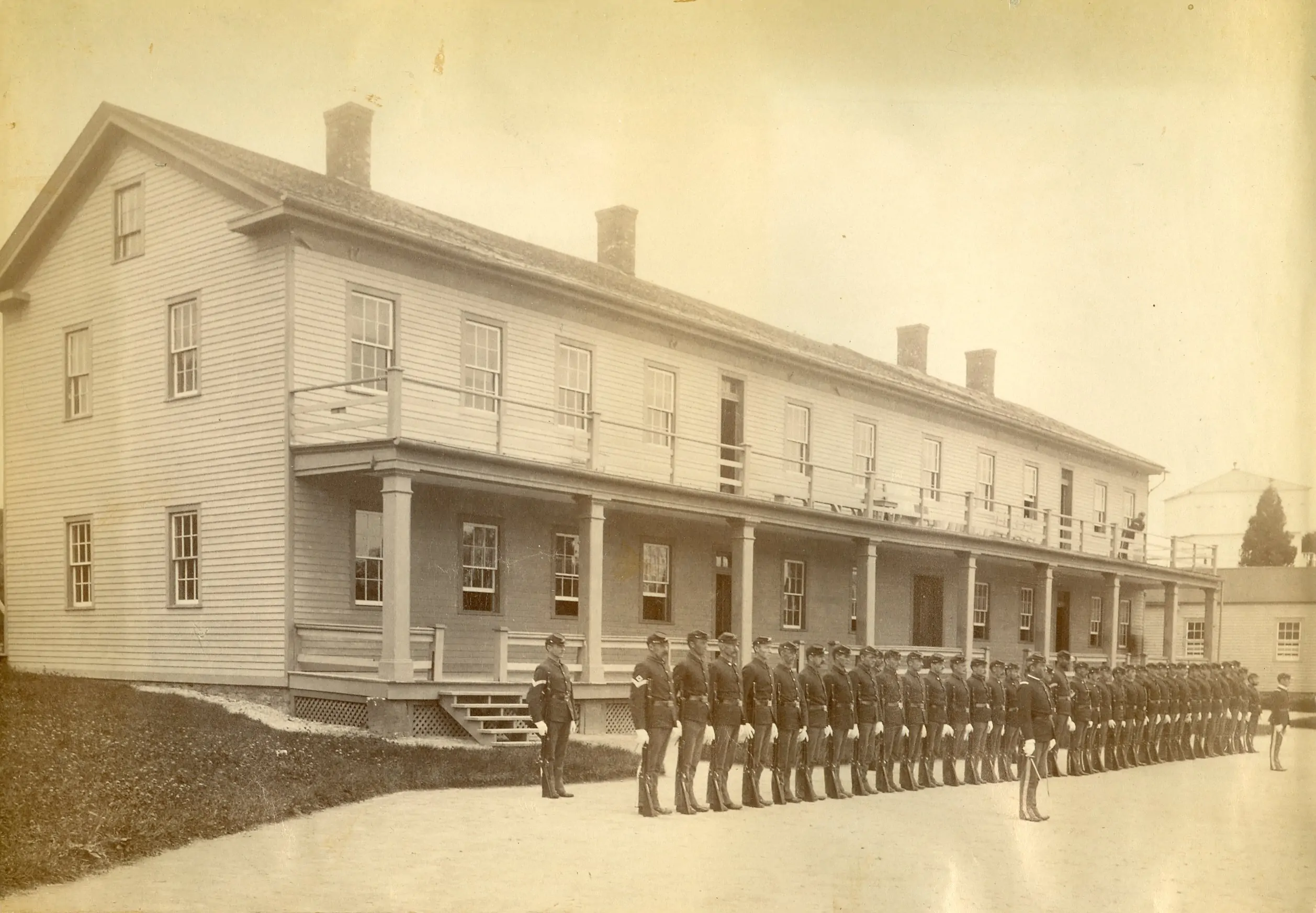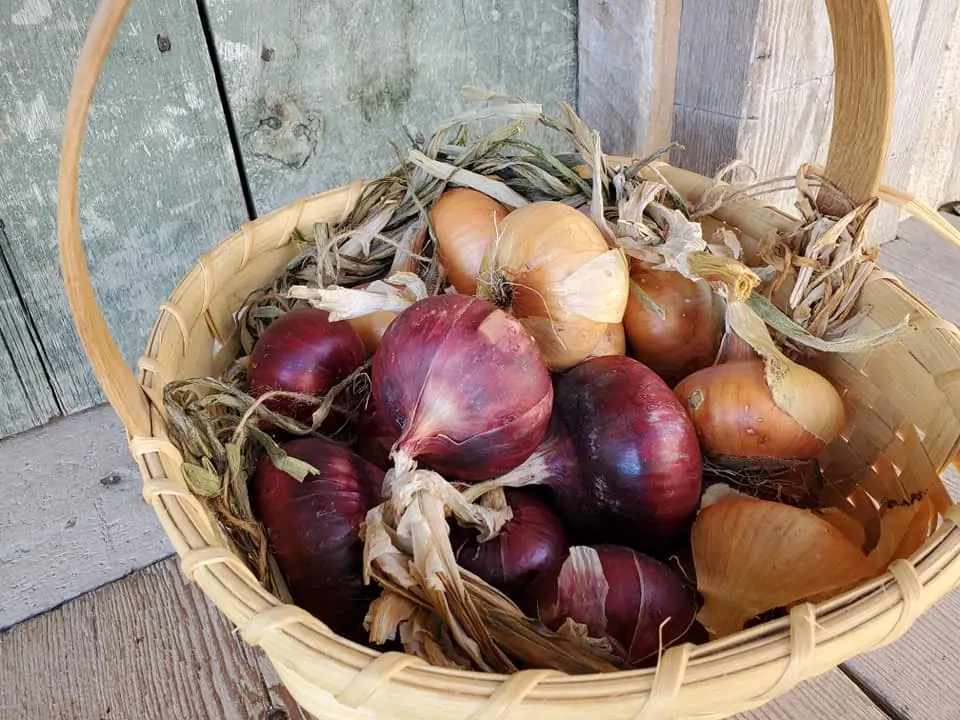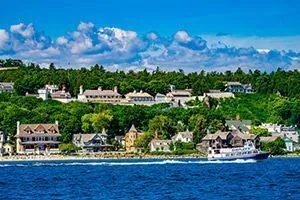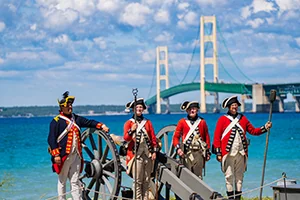
Archaeology at the Biddle House
The Mackinac Island Native American Museum at the Biddle House will be one of the exciting new offerings from Mackinac State Historic Parks for the 2021 season. As visitors explore the new galleries a few of the artifacts they will see come from an archaeological excavation that took place on the property nearly fifty years ago.



